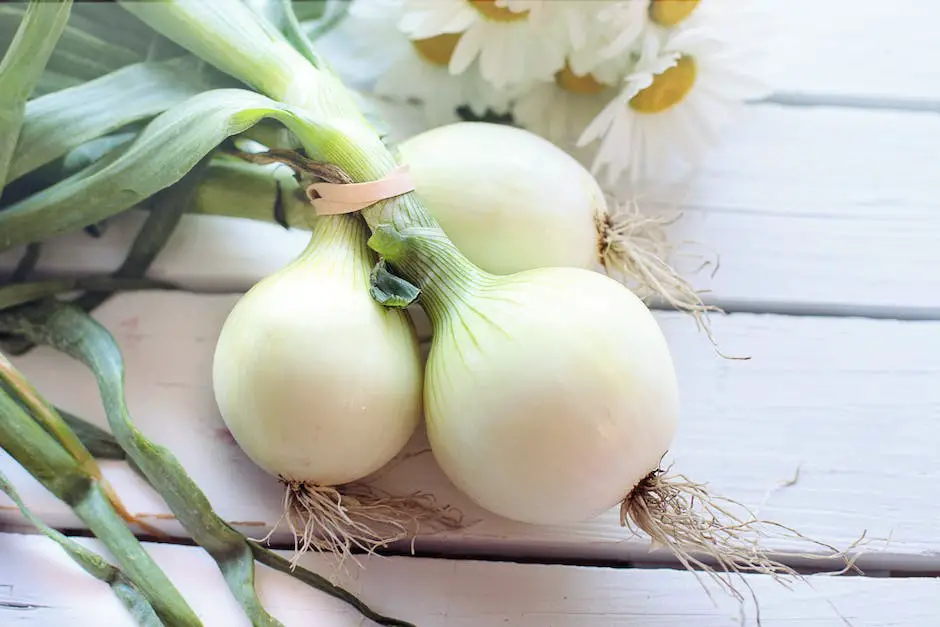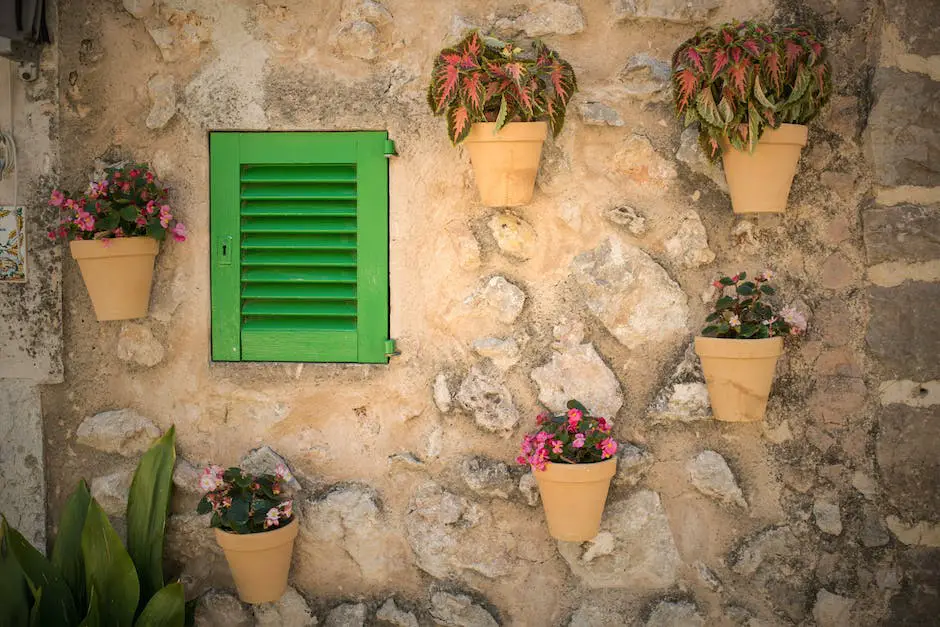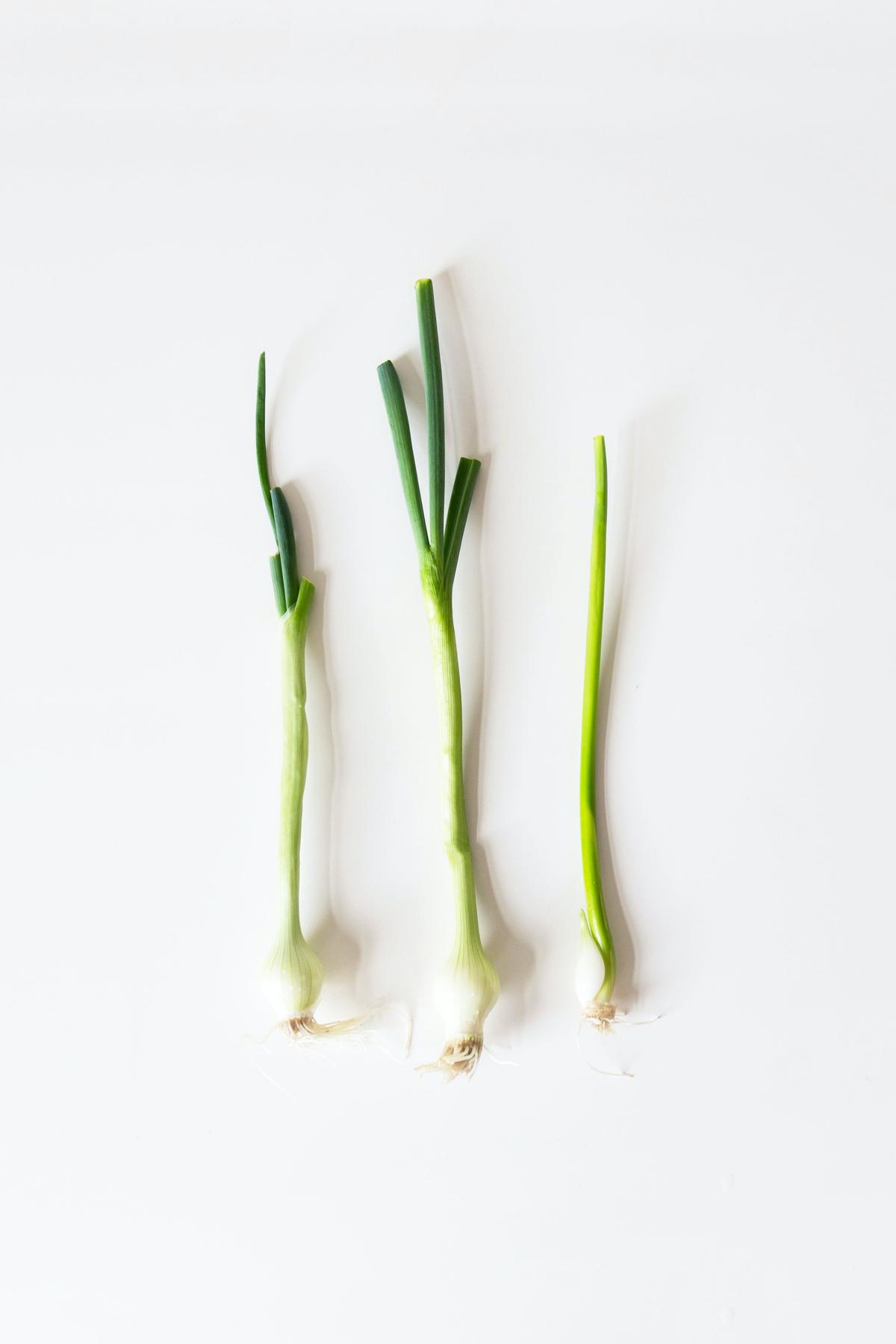Green onions are versatile and nutrient-rich vegetables, used in a myriad of culinary applications. However, many people are unaware that these valuable veggies can be grown easily and efficiently right in their own homes. By understanding their natural growth requirements, establishing a suitable indoor environment, and adhering to the correct planting and care procedures, you too can enjoy a bountiful yield of this flavorful kitchen staple. In addition, by learning about potential challenges and how to troubleshoot them, such as the presence of malicious pests or diseases, you pave the way for robust, healthy green onions. This text will provide you with all the essential information to embark on this rewarding venture.
Understanding Green Onions
Understanding the Lifecycle of Green Onions
Green onions, also known as scallions or spring onions, are biennial crops, meaning they complete their lifecycle in two years. After planting, they develop leaves and a bulb during the first year. In the second year, the plant flowers and produces seeds before dying off. However, when cultivated for culinary usage, they are often harvested at the immature stage, prior to bulb formation, usually around three to four weeks after planting.
Reader Poll: What online courses would interest you?
Ideal Growing Conditions for Green Onions
Green onions prefer cool weather but can adapt to a wide range of conditions. They can withstand temperatures as low as 20 degrees Fahrenheit and as high as 75 degrees Fahrenheit, but the ideal range for optimal growth is between 60 and 65 degrees. Green onions need at least six hours of direct natural sunlight each day. However, if indoor lighting is your only option, use a fluorescent light bulb to provide the necessary light exposure.
Green onions do well in moderately rich and well-drained soil with a pH between 6 and 7.5. Light potting soil or compost with peat moss or vermiculite works best for indoor growing. The key is to avoid water-logged soil, as this can cause the roots to rot.
Key Elements for a Successful Yield
Proper watering is a critical factor in the successful yield of green onions. The soil should be kept evenly moist, but not soaking wet. Watering should be done when the top inch of soil gets dry, usually a couple of times a week. However, water requirements may vary depending on the size of the container and the indoor environment.
Subscribe to our newsletter!
Regular feeding is equally important for healthy growth. A balanced liquid fertilizer, preferably organic, can be applied once a month. Over-fertilization, especially with nitrogen-rich fertilizers, should be avoided as it can lead to lush green growth at the expense of bulb development.
In addition, pruning or cutting back the tops of the green onions can stimulate growth. On average, green onions are ready to harvest 20 to 30 days after planting. You can repeatedly harvest the green tops, leaving at least an inch for regrowth.
Growing green onions indoors requires regular attention to the conditions outlined above. But with care, you can enjoy an ongoing supply of fresh green onions right from your windowsill.

Suitable Indoor Environment
Establishing an Ideal Indoor Environment for Green Onions
To thrive, green onions, also known as scallions or spring onions, require a proper growing environment, including suitable temperature, lighting, and humidity conditions. Despite their hardy nature, they can’t stand too much heat or cold. The ideal temperature for growing green onions indoors ranges between 65 and 75 degrees Fahrenheit during day time. At night, slightly cooler conditions are preferable, but the temperature should not drop below 55 degrees Fahrenheit.
Green onions have a tolerance for a wide range of light conditions, from full sun to partial shade. However, for indoor cultivation, they need about 6 to 7 hours of direct sunlight each day to flourish. Hence, it’s crucial to place them near a south-facing window, where they can get exposure to the maximum amount of sunlight. In the absence of ample natural light, you can consider using a grow light with a timer set to provide the right amount of light.
As an alternative to soil, you can also grow green onions in water. Doing so makes their indoor cultivation easier, but it’s still essential to ensure that the water doesn’t become frothy or change color. If it does, it means the water needs to be changed. For water-based growth, use high-quality water that’s free from heavy metals and chlorine, and change it every 2-3 days for best results.
Maintaining Indoor Temperature and Lighting Conditions Over Time
Keeping your indoor temperatures and lighting consistent is crucial for a thriving green onion plant. Monitor your indoor temperatures regularly using a reliable temperature gauge. If the indoor temperature starts to climb, use a fan or air conditioner to maintain a consistent temperature within the acceptable range. When temperatures drop, consider adding a small heater to your indoor garden or moving your plants to a warmer location.
Lighting conditions largely remain constant when the plant is near a window that gets ample sunlight. However, during winter or overcast days, compensate for the less daylight by using grow lights. Adjust the time on the grow light timer according to the changing natural daylight hours, ensuring your green onions are receiving about 6 to 7 hours of daily light.
Humidity is another crucial factor to consider. Green onions thrive best in a humid environment, as it helps keep their roots moist. Avoid placing your green onions in overly dry locations, such as near a heater or air conditioning vent.
Overall, indoor green onion plants need careful attention to temperature, light, and humidity conditions for robust growth. With accurate monitoring and maintenance, you can ensure the ideal environment for your indoor green onion garden.

Planting and Care Procedures
Step 1: Selecting a Suitable Container
The first step in planting green onions indoors is choosing an appropriate container. This could be a small pot, a box, or even a glass jar. Ensure the container is at least 4 inches deep to allow sufficient space for the green onion roots to grow. The container should also have drainage holes to avoid waterlogging that can rot the roots.
Step 2: Preparing the Soil or Growth Medium
Next, prepare a potting mix of soil. The soil used should be fertile and well-draining. You can also add compost to enrich the soil with organic matter. Alternatively, you can use a soilless potting mix like peat, vermiculite, or coconut coir, which are ideal for indoor plants.
Step 3: Planting the Bulbs or Seeds
To plant green onions, you can either use bulbs (sets) or seeds. To use bulbs, simply nestle the bulb into the soil with the top (the end that is slightly pointy) pointed up. The bulb should sit just below the soil surface. If you’re using seeds, plant them about 1 inch deep in the soil and 1 inch apart from each other. Cover the seeds or bulbs with a thin layer of soil.
Step 4: Watering the Plant
Once you’ve planted the green onions, water the soil thoroughly. Make sure the water drains out the bottom. Thereafter, water as needed, keeping the soil moist but not overly saturated.
Step 5: Providing Sunlight
Place the container in a spot where it can get at least 6 hours of sunlight every day. If natural light is unavailable or not enough, you can also use fluorescent or LED grow lights.
Step 6: Pruning and Fertilizing
Green onions generally require very little routine care. There’s no need for pruning as you can just pick whole stalks as needed. However, to maintain nutrient levels, it’s good to add a balanced liquid fertilizer once every few weeks to assist healthy growth. Ensure to follow the manufacturer’s instructions on the fertiliser pack.
By following these guidelines, within just a few weeks, you should have a beautiful and thriving green onion growth indoors. Remember, regular watering and enough sunlight are key to their growth. Over time, with the right care, they will keep growing, providing fresh produce for your kitchen.

Potentially Common Problems & Their Solutions
Understanding Indoor Green Onion Growth Problems
Indoor green onion gardening, as beneficial as it may seem, is not without its set of potential problems. The most common issues that indoor green onion gardeners might encounter are primarily related to pests and diseases. Being aware of these issues is one step closer towards growing healthy and vibrant green onions right at your home.
Identifying Pests in Indoor Green Onion Gardens
A common problem for indoor green onion plants are pests, which can lead to the destruction of the plant if not properly handled. The most common pests found in indoor green onion plantings include aphids and thrips. Aphids are small insects that suck sap from plant leaves, while thrips are tiny, slender insects that cause damage by slashing at plant cells to suck out their contents. The symptoms of an infestation may include yellowing or wilting leaves, stunted growth, and distorted or discolored leaf and stem surfaces.
Preventing and Treating Pests in Indoor Green Onion Gardens
To prevent pests, gardeners should cultivate a healthy growing environment, which involves ensuring that the plants receive enough sunlight and are watered appropriately. Healthy plants are more resilient against pests. Another preventative measure is regular inspection of your indoor green onions for any signs of pests or disease.
If an infestation is discovered, natural methods such as a mild soap and water solution can be sprayed onto the plants to kill the pest without harming the plant. Commercially available pesticides can also be used with caution. Seek advice from a gardening expert or local agriculture extension service to decide on the best treatment option.
Identifying Diseases in Indoor Green Onion Gardens
Indoor green onions are generally resistant to diseases. But when they do get infected, it’s often due to fungal diseases such as damping off, downy mildew, and botrytis leaf blight. Damping off can cause seedlings to collapse, rot and die, downy mildew often causes a fuzzy, mold-like growth on the underside of the leaves, and botrytis leaf blight can cause spotting or a gray mold to grow on the leaves.
Preventing and Treating Diseases in Indoor Green Onion Gardens
The key to disease prevention is good plant hygiene and maintenance. Regularly inspect your plants for signs of disease, and immediately isolate any infected plants to prevent the spread of disease. Overwatering and poor ventilation can lead to a humid environment favoring fungal growth. To prevent overwatering, only water your green onions as needed when the top layer of soil is dry.
If a fungal disease is detected, fungicide treatment may be necessary. Do consult with your local agriculture extension service for the best treatment option for your indoor green onions.
Learning about potential problems one may encounter while growing green onions indoors and implementing preventative measures greatly increases the chances of successfully cultivating a healthy, bountiful green onion garden in the comfort of your own home.

As we’ve navigated the journey of indoor green onion cultivation, it’s evident that with the correct knowledge at your disposal, growing these tasty plants can be quite a feasible task. From creating an environment that mirrors their natural habitat to understanding the right planting and nurturing techniques, every step contributes to overall success. And by staying informed about common problems, their preventive measures, and solutions, you’re well-equipped to handle any hurdles that might cross your path. With this knowledge, you are now ready to cultivate your green onions indoors, enjoy their health benefits, and the satisfaction that comes with growing your own food.

